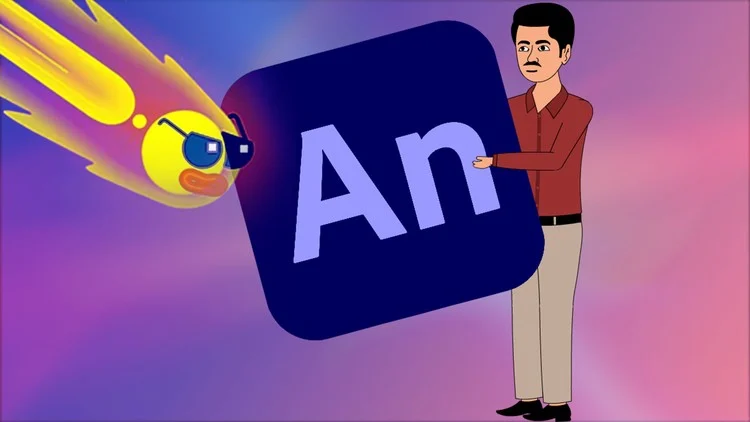Cartoons have long been a significant part of childhood entertainment, but their impact goes beyond simple amusement. They play a critical role in shaping cognitive, emotional, and social development in children. With their bright visuals, engaging stories, and relatable characters, cartoons influence how children perceive and interact with the world.
1. Enhancing Cognitive Skills
Cartoons can stimulate a child’s imagination and creativity. Educational cartoons introduce concepts like numbers, letters, and problem-solving in a fun, interactive way. For example, shows like Sesame Street blend entertainment with educational content, making learning enjoyable.
Additionally, storytelling in cartoons helps children develop:
- Memory Skills: Following recurring characters and plotlines strengthens recall.
- Critical Thinking: Some cartoons present challenges that require viewers to think through solutions alongside the characters.
2. Developing Emotional Intelligence
Cartoons often depict a range of emotions, from joy and excitement to sadness and frustration. By observing how characters handle situations, children learn to identify and express their own emotions.
- Empathy: Watching characters face challenges helps children understand the feelings of others.
- Resilience: Many cartoons show protagonists overcoming obstacles, teaching perseverance.
However, it is crucial for parents to monitor content to ensure that emotions are portrayed in a healthy and constructive manner.
3. Encouraging Social Skills
Cartoons often emphasize themes of friendship, teamwork, and cooperation. These lessons help children understand:
- Sharing and Kindness: Shows like Dora the Explorer and Paw Patrol teach collaboration and helping others.
- Conflict Resolution: Cartoons can model positive ways to resolve disagreements.
Watching cartoons with diverse characters also exposes children to different cultures and backgrounds, fostering inclusivity.
4. Potential Negative Impacts
While cartoons offer numerous benefits, excessive or unmonitored viewing can have drawbacks:
- Violent Content: Cartoons with aggressive themes may encourage mimicry of inappropriate behavior.
- Attention Issues: Fast-paced visuals can overstimulate young minds, impacting focus and attention spans.
- Unrealistic Expectations: Some cartoons create exaggerated scenarios that may distort a child’s perception of reality.
To mitigate these effects, parents should opt for age-appropriate and educational content.
5. The Role of Parents and Educators
Parents and educators can maximize the benefits of cartoons by:
- Co-Viewing: Watching cartoons with children to explain themes and guide discussions.
- Setting Limits: Limiting screen time ensures a balance between entertainment and other activities.
- Choosing Wisely: Opting for cartoons with educational and positive messages.

6. Cartoons as Tools for Development
Beyond entertainment, cartoons are valuable tools for teaching complex concepts in a digestible format. For example:
- Health and Hygiene: Shows like Peppa Pig incorporate lessons about brushing teeth or eating healthily.
- Environmental Awareness: Cartoons like Captain Planet teach children about protecting the planet.
Conclusion
Cartoons significantly impact children’s development, influencing their cognitive, emotional, and social skills. While they offer numerous benefits, it is essential to choose the right content and maintain a healthy viewing balance. By doing so, cartoons can be a powerful tool in nurturing well-rounded individuals.











